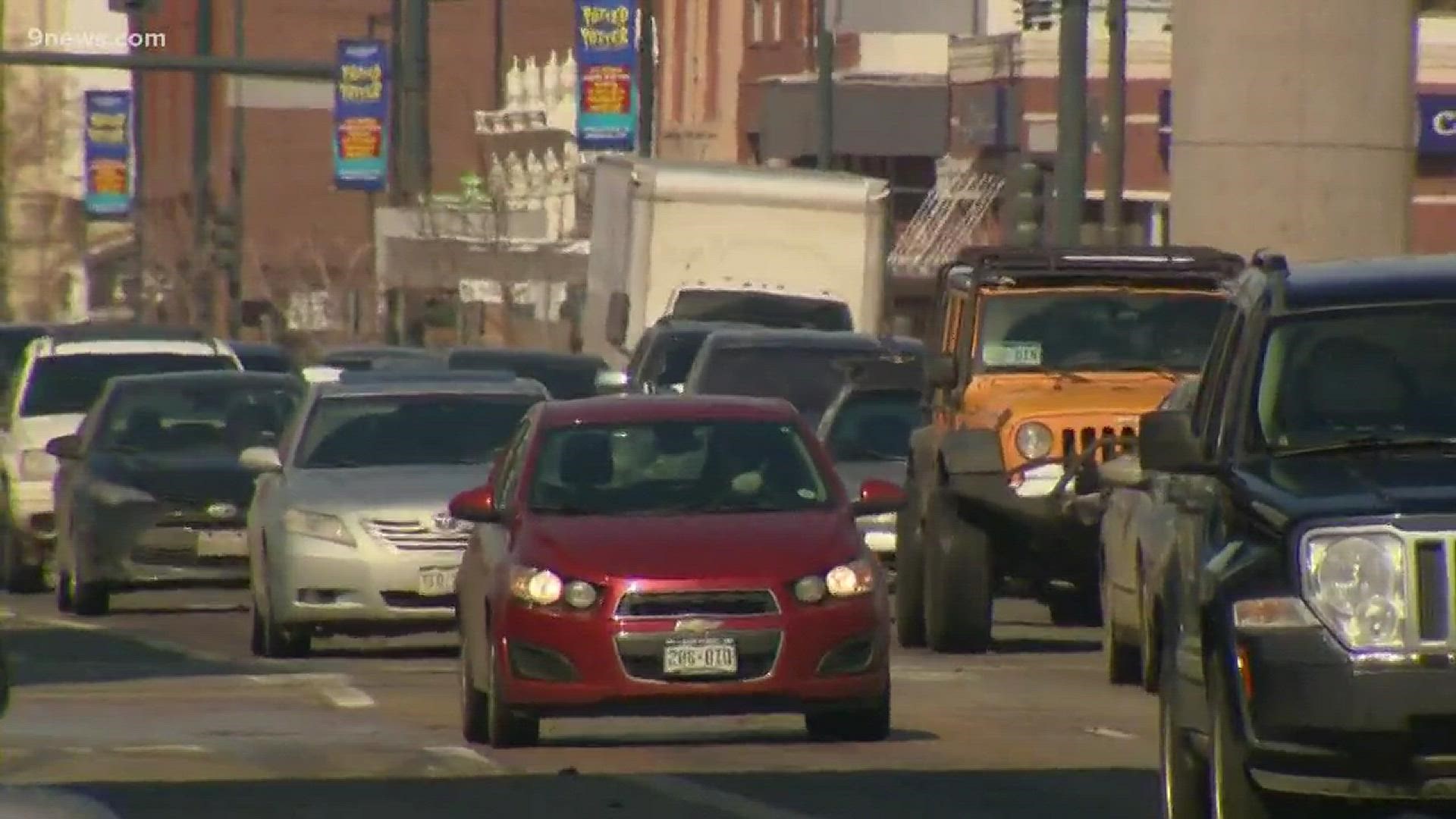The number of pedestrians killed by vehicles has grown sharply nationwide, according to a new report from the Governor's Highway Safety Association that analyzed data from 2008 to 2017.
Colorado pedestrian traffic fatalities from January to June 2018 were 34, an 8 percent decrease for that same period in 2017, in which there were 37 traffic fatalities.
However, data from CDOT over the last decade shows pedestrian fatalities are on the rise in Colorado.
According to CDOT, pedestrian fatalities accounted for 8.58 percent of Colorado’s total traffic deaths in 2008. In 2018, pedestrian fatalities rose to 14.15 percent of total traffic deaths.
The GHSA report compared the number of nationwide pedestrian fatalities in the first half of 2018 with the same period in 2017 and found:
- 25 states (and DC) had increases in pedestrian fatalities.
- 23 states had decreases.
- Two states remained the same.
The trend is different when it comes to the combined number of all other traffic deaths, which dropped by 6 percent.
However, data from CDOT shows a 14.78 percent increase in total traffic fatalities from 2008 to 2018.
Pedestrian fatalities are also on the rise in Denver according to Jill Locantore, Executive Director of Walk Denver.
“Fatalities have also been on the rise here in Denver over the past 10 years. This past year, we had one of the highest fatality rates of 59 people who were killed just trying to get around our city,” Locantore said.
At Walk Denver, Locantore works to “reclaim Denver streets for people so they’re safe and comfortable places for people to walk and bike and take transit.”
One of the people Locantore is working to protect is Lina Barrales.
Four times a week, Barrales takes a bus to Federal Boulevard then walks a few blocks to pick up her grandson at daycare.
According to Locantore, Federal Blvd. is part of what the city calls the “high injury network and that’s just 5 percent of the streets where 50 percent of the traffic fatalities are happening.”
Diapers for her grandson in hand, Barrales called Federal Blvd. dangerous.
“It’s crazy because its cars going by so fast and it’s just, you have to pay attention because if you don’t pay attention you will get it. It’s scary, it really is,” Barrales said.
Locantore emphasized “it’s not like people suddenly become reckless or stupid” when they get to streets on the High Injury Network.
“There is something inherently dangerous about those streets,” she said.
Other Denver streets included in the High Injury Network include Broadway, 6th Ave., and Colfax.
According to Locantore, the most common problem is speed.
“The street is designed to encourage cars to drive as fast as possible,” she told 9NEWS.
Right now, Federal is in the middle of a widening project which Locantore said she was “really disappointed” with.
“It’s already very wide and it’s also the most dangerous street in the city. It has a traffic fatality rate that’s 20 times the average for urban streets,” Locantore said.
However, there is reason for optimism as far as Locantore is concerned.
“We understand what causes fatal crashes to happen and therefore we know how to prevent them from happening,” she said.
Walk Denver identifies solutions like narrowing streets and adding “vertical friction” which means putting in “trees, public art, parked cars, and greenery.”
Locantore explained “all of that psychologically reinforces slower, safer speeds on the streets and also just makes it more pleasant for people who are walking.”
The Governors Highway Safety Association report says factors contributing to the nationwide uptick in pedestrian fatalities include population growth, demographic changes, weather conditions, fuel prices, vehicle miles traveled and the amount of time people spend walking.
There's also a shift away from passenger cars to light trucks and SUVs, with the number of SUVs involved in pedestrian fatalities increasing 50 percent from 2013 to 2017, according to the report.
One other factor? The report notes smartphone use over the past 10 years may be at fault, as it causes a "significant source of distraction for all road users."
However, Locantore made the point “people have always been distractible, even before cell phones. We like to blame cell phones for the increase of fatalities but we’re human beings, we’re fallible and if we’re expecting to solve our fatality problem by perfecting human beings, we’re setting ourselves up for failure.”
Instead, Walk Denver and the city are looking for concrete solutions.
In 2016, Denver committed itself to Vision Zero, which is a goal of zero traffic fatalities by the year 2030.
Locantore knows it’s a lofty goal but is “optimistic that it’s possible.”
She said it’s a matter of priorities, “do we value how fast we can drive? Or do we value human life and safety?"
SUGGESTED VIDEOS | Local stories from 9NEWS

